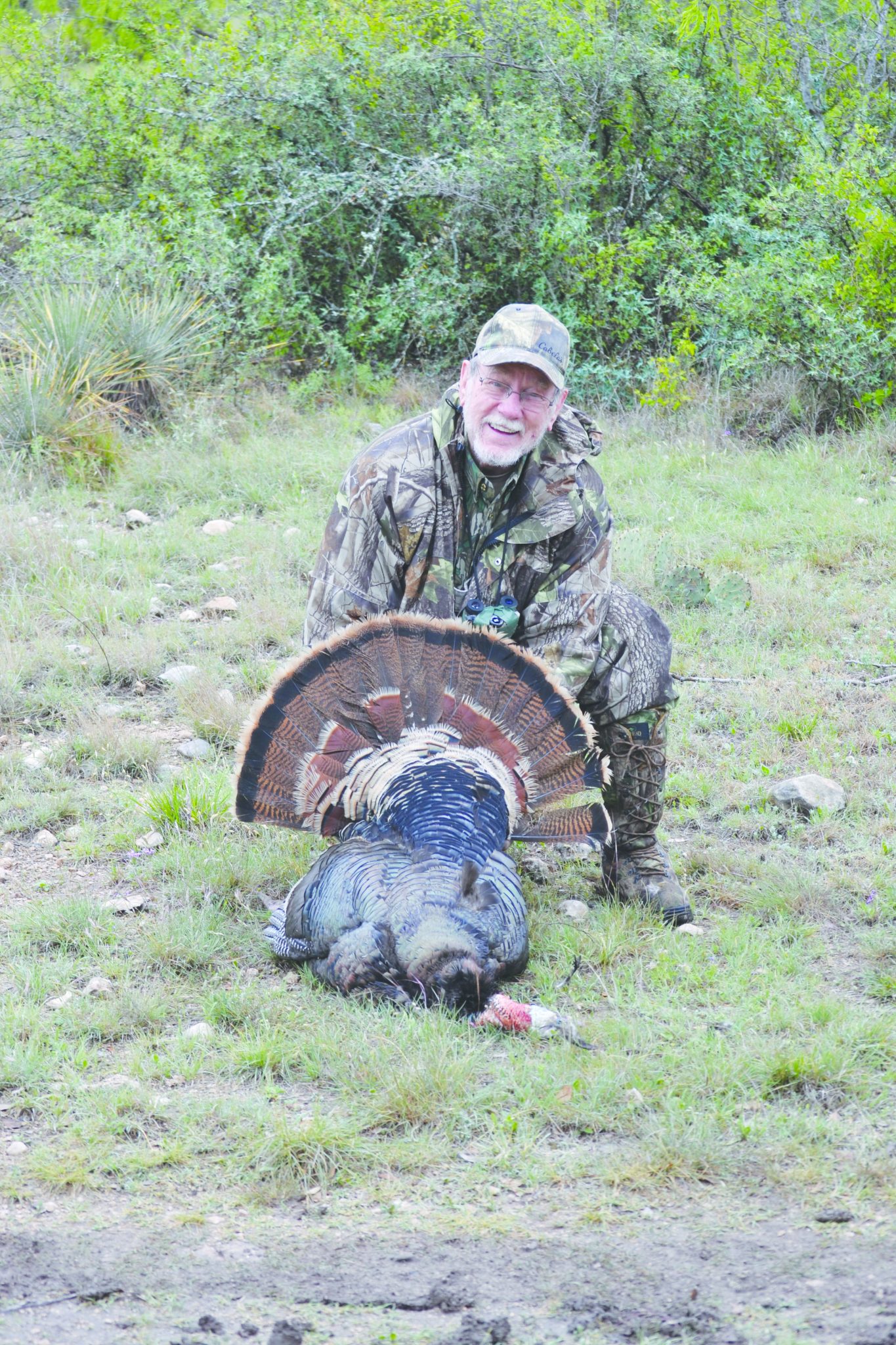By Glynn Harris, Special to the Minden Press-Herald
Back in the early and Sitting down at my computer this past Tuesday to begin this column, I am reminded that the day’s date, March 15, is a date when lots of folks use extra care. It’s the Ides of March.
History reveals that actually, Ides of March signifies the date of the first new moon of the month and ancients celebrated the day with gaiety and rejoicing. Somehow the term became a bad omen. It became associated with the Shakespeare play “Julius Caesar’’ where a warning was given to Caesar to “beware the Ides of March.” March 15 was the day he was assassinated.
OK, so what do the Ides of March have to do with turkey hunting. Not a thing that I can think of except instead of Caesar being assassinated, around this time of year around the country, lots of gobblers are meeting the same fate. I have never taken a gobbler on March 15 but of the gobblers I have to my credit, eleven were taken in the month of March, two incidentally, on March 29, my birthday.
I got my first buck in 1967, my biggest buck in 1998 with dozens scattered down through the years. I have no record of the actual number or dates I got these deer. With turkeys, however, I have a record of every single one of the 41 gobblers I have downed, photos of each, date taken and location and stats on each. Does that tell you anything? It means that hunting wild turkeys has been my passion since that first one came in strutting to my gun on April 13, 1992.
I was hunting at the invitation of an outdoor writer friend, John E. Phillips who arranged the trip for me. I had never hunted turkeys before and I didn’t want to go at first because April is when the bream are bedding and big bass are in the shallows. When he dangled a few juicy tidbits in front of me, like air fare, guide, gun and all the amenities, I decided maybe the bream could wait a few weeks.
When my guide started calling that morning, I heard the first gobble I had ever heard and watched as a big Alabama longbeard came strutting up, white head shining like a softball an early morning sun highlighting his iridescent colors, I experienced something I had never felt while hunting. My heart was pounding so hard I was afraid the turkey could hear the beat. When my shot was true and as I was standing on the neck of my first flopping gobbler, I made a vow right then and there that this was something I was going to learn even if I ran off every gobbler in the country while I was learning.
That was in 1992 and I killed my last gobbler in 2017, a span of 25 years. I have been fortunate to get to travel around the country after gobblers and have been blessed by being able to take the four sub-species in the country, Eastern, Osceola, Rio Grande and Merriams, laying claim to the Wild Turkey Grand Slam.
The Eastern subspecies, obviously, has predominated in my records because they are located in not only Louisiana but in more states than the other birds. Of the 41 gobblers I have taken, 25 of them were Easterns followed by 13 Rio Grande, two Merriams and one Osceola.
So what do the Ides of March have to do with turkey hunting? It means that by mid-March, turkey hunters need to be in the woods listening for early morning gobbles from the roost, scouting to look for not only turkeys but sign they are there, things like tracks, droppings, dislodged feathers, strut markings.
The season opens in Area A on April 2 so it’s high time for you to forget about any jinx or bad omen and be in the woods locating birds you’ll be hunting in a few weeks. As far as I know there is no such thing as the Ides of April.

